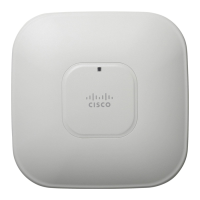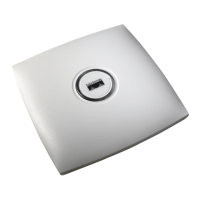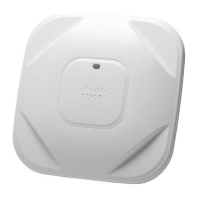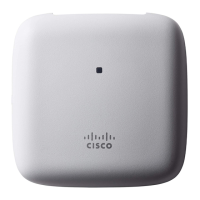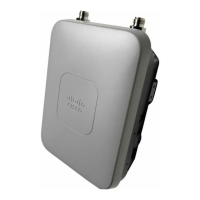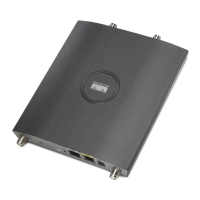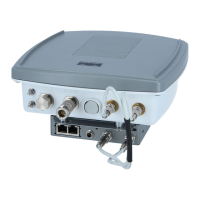1-5
Cisco Aironet 1100 Series Access Point Installation and Configuration Guide
OL-2851-01
Chapter 1 Overview
Management Options
• RADIUS Accounting—Enable accounting on the access point to send accounting data about
wireless client devices to a RADIUS server on your network.
• Enhanced security—Enable three advanced security features to protect against sophisticated attacks
on your wireless network's WEP keys: Message Integrity Check (MIC), WEP key hashing, and
broadcast WEP key rotation.
• Enhanced authentication services—Set up repeater access points to authenticate to your network
like other wireless client devices. After you provide a network username and password for the
repeater, it authenticates to your network using LEAP, Cisco's wireless authentication method, and
receives and uses dynamic WEP keys.
Management Options
You can use the access point management system through the following interfaces:
• The IOS command-line interface (CLI), which you use through a Telnet session. Most of the
examples in this manual are taken from the CLI. Chapter 5, “Using the Command-Line Interface,”
provides a detailed description of the CLI.
• A web-browser interface, which you use through a web browser. Chapter 4, “Using the
Web-Browser Interface,” provides a detailed description of the web-browser interface.
• Simple Network Management Protocol (SNMP). Chapter 17, “Configuring SNMP,” explains how to
configure your access point for SNMP management.
Roaming Client Devices
If you have more than one access point in your wireless LAN, wireless client devices can roam
seamlessly from one access point to another. The roaming functionality is based on signal quality, not
proximity. When a client’s signal quality drops, it roams to another access point.
Wireless LAN users are sometimes concerned when a client device stays associated to a distant access
point instead of roaming to a closer access point. However, if a client’s signal to a distant access point
remains strong and the signal quality is high, the client will not roam to a closer access point. Checking
constantly for closer access points would be inefficient, and the extra radio traffic would slow throughput
on the wireless LAN.
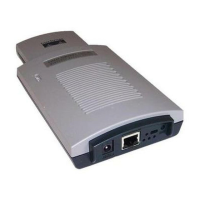
